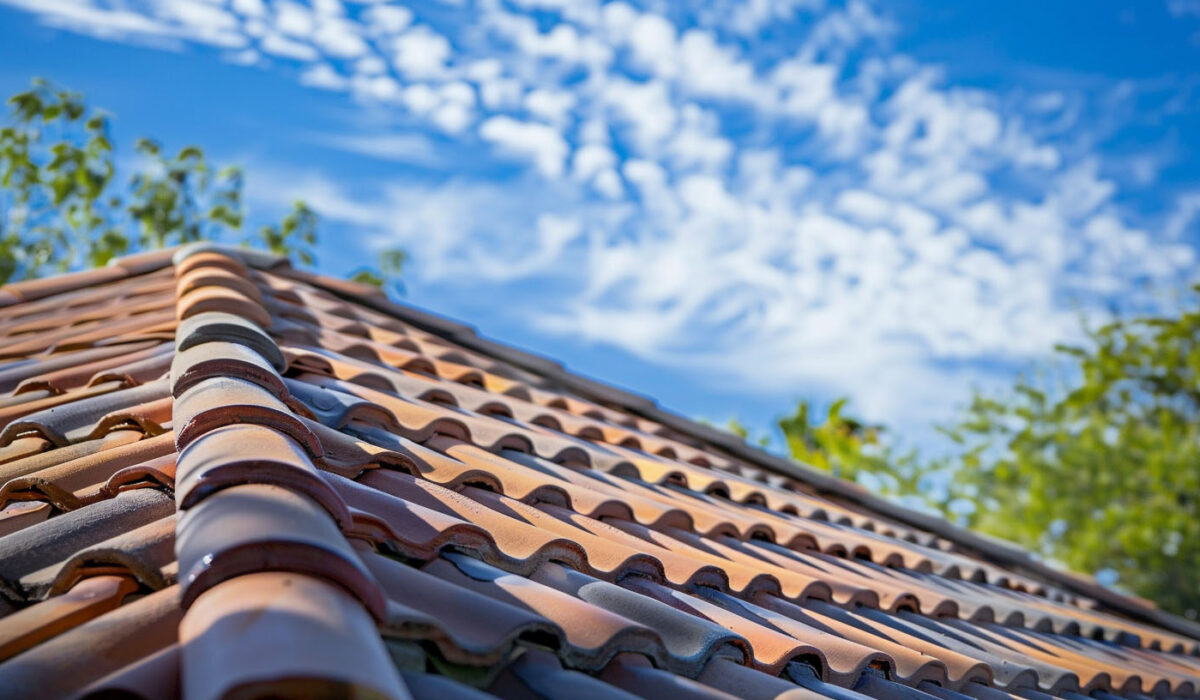A new tile roof gives your home a fresh look and helps keep it safe from harsh weather conditions. At Tile Roofing San Diego, we work hard to offer a smooth roof installation process. Our team focuses on quality work and uses the latest methods to meet all your needs. We help you pick the right roof tiles and handle the whole roof installation from start to finish. Every step in our tile roofing process is planned to make your roof strong and good-looking. Here is what you can expect during the roof installation process with us.
Choosing the Right Tile Roof for Your San Diego Home
Selecting the ideal tile roof involves considering various factors tailored to San Diego’s unique climate and aesthetic preferences. Roof tiles come in a variety of materials, including clay and concrete, each offering distinct benefits such as exceptional weather resistance and energy efficiency. The vibrant selection of colors further enhances the curb appeal of your home. Engaging a professional roofing contractor ensures adherence to local building codes and proper installation techniques, ultimately safeguarding against potential damage from harsh weather conditions while providing peace of mind for years to come.
Contact UsTypes of Tile Roofing Materials Available
A variety of tile roofing materials caters to diverse architectural styles and personal preferences. Clay tiles are renowned for their thermal efficiency and aesthetic appeal, making them a popular choice in warmer climates. Concrete tiles offer durability and weather resistance, ideal for areas prone to harsh weather conditions. For those seeking a modern look, metal tiles present an innovative solution with energy efficiency. Each type not only ensures proper alignment during installation but also contributes to the longevity and safety of the roof structure.
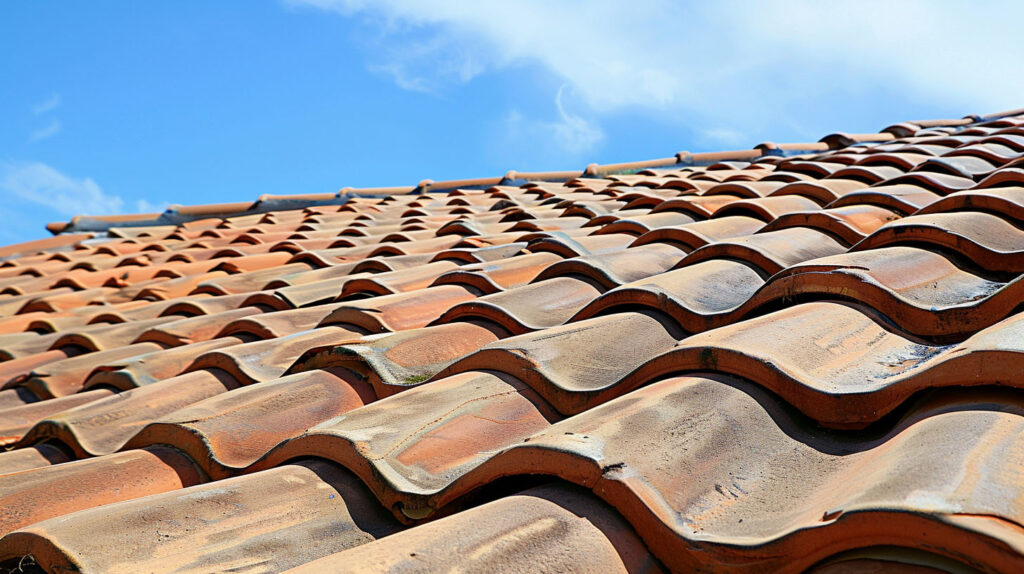
Benefits of Tile Roofing in Coastal Climates
Coastal climates often present unique challenges, making tile roofing an ideal choice. Its durability provides excellent weather resistance against high winds and salt air, preventing potential damage over time. Additionally, the insulation provided by tile roofs enhances energy efficiency, keeping homes cooler during warm months and reducing cooling costs. The aesthetic appeal of various colors and styles ensures a beautiful facade, which complements the coastal environment, while also maintaining curb appeal. Overall, tile roofing serves as a long-term investment against the elements.
Why Work with a Certified Roofing Contractor
Hiring a professional roofing contractor means the installation process will be done by people who know what they are doing. With years of experience, certified contractors, such as those at Tile Roofing San Diego, know how to use the right methods. They make sure things like the tiles being out of line or water problems do not happen.
When you trust experts with your roofing project, you get peace of mind. The work will last for years. Certified roofing professionals know the building rules and use the best materials. This helps make the tile roofing strong and look good.
Owens Corning Preferred Contractor Advantages
Owens Corning certification shows that we do things right. As a Owens Corning Preferred Contractor, Tile Roofing San Diego uses the best materials. These are backed by Owens Corning’s warranties. We work hard to give you roofs that last a long time and look good.
Your roofing project will get complete coverage. This means you get protection from material problems and things that go wrong during service. With Owens Corning products, you get better performance and real peace of mind. You can trust that your roof is strong and made to last. We aim to give the most value every time we install a roof.
GAF Master Elite Certification and What It Means for You
The GAF Master Elite certification stands for top quality in roofing services. To get this, there is a close check on everything before it is given. This shows our promise to have great work and outstanding service for customers.
Tile Roofing San Diego is proud to be a GAF Master Elite Contractor. We offer special perks, like longer warranties and coverage for labor costs. So, what does this mean for you? You do not have to worry. You can feel sure that your roof is in the best hands. Our team does everything from careful checks to perfect tile roofing installs. Each step follows the best rules in the industry.
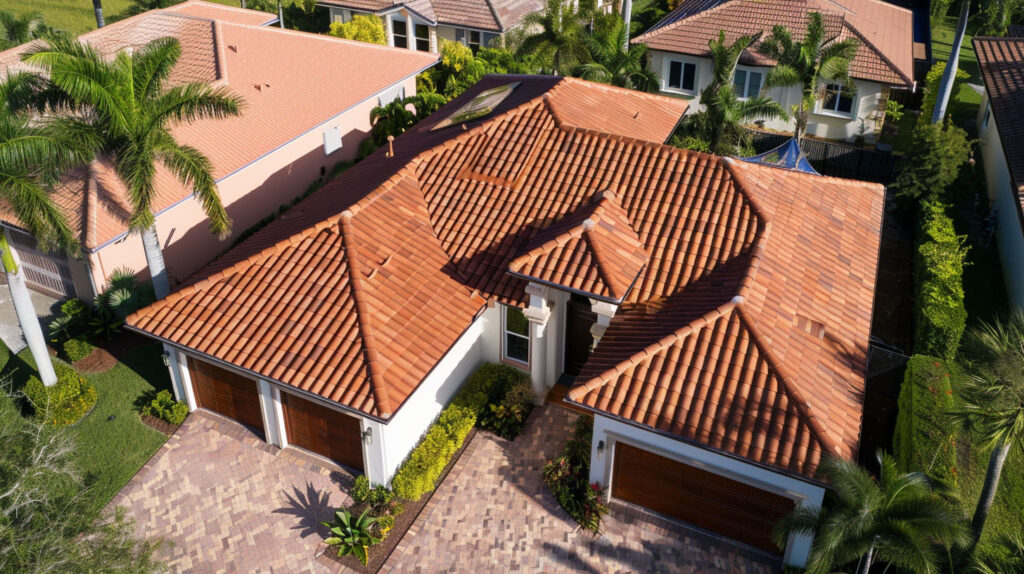
Preparing for Your Tile Roof Installation
Before you start your tile roof installation, you need to get everything ready. The first thing to do is have an initial talk and a full check of your roof. This will help find any problems early. Tile Roofing San Diego gives special care to the unique parts of each home, so each tile roof project fits your needs.
The next step is to understand what your roofing project will need and set clear goals. Our team makes a plan for the timeline and budget. This helps everyone know what to expect in each step of the roof installation, so you feel sure and informed as we move through the job.
Initial Consultation and Roof Assessment
The installation process begins with a meeting where our team looks at your old roof. We check if it is ready for new tiles. There is a thorough inspection that helps us find any problems in the roof’s structure. This helps us make sure your roof is in good condition before we put on new tiles.
In this first part, we look at the strength of your old roof. Then, we suggest the best roofing material for you. We help you pick between clay tiles or concrete tiles, based on what you want and need. This step makes sure there is a strong base for your project.
Understanding Your Project Timeline and Budget
Establishing a clear project timeline and budget is essential to any successful tile roof installation. Key steps include obtaining thorough estimates from your professional roofing contractor, which take into account material costs, labor, and potential additional costs. Routine consultations will help align your expectations with the realities of the installation process and the local building codes. Anticipating the weather conditions can also influence timing, ensuring safety precautions are met to prevent potential damage to both the project and your property.
Installing Roof Decking and Underlayment
Proper installation starts when you get the roof deck ready. You also need to put in underlayment material that is good quality. The main thing is to add a barrier that stops water and protects the roof structure from water damage. Solid decking makes sure your new roof tiles sit on a strong and even surface.
In the installation process, it is important to think about how to keep water out and stay safe while you work. You must plan for this from the start. When the deck and underlayment are all set up, you are much closer to having a strong new roof. Then, your new roof tiles will be ready to handle San Diego’s weather.
Selecting the Right Underlayment for Durability
Choosing an appropriate underlayment is crucial for enhancing the durability of tile roofing. The installation process begins with selecting materials that provide weather resistance while meeting local building codes. Options like synthetic underlayment are often favored for their superior performance against moisture and heat, ensuring the roof structure remains intact over the years. This special attention to detail minimizes potential damage from water runoff and extreme weather conditions, contributing to the long-term integrity of your roofing project and giving you peace of mind.

Ensuring Proper Waterproofing and Ventilation
Good waterproofing and enough ventilation are important in the tile roof installation process. A high-quality underlayment material helps keep water out. It protects the roof structure from water damage. Making sure the ventilation systems, like ridge vents, are lined up and put in the right way lets air flow easily. This helps stop water from building up as condensation, which can hurt the roof over time. Doing both of these the right way can make the roof last longer and work better. It also helps with energy efficiency. In the end, the newly installed tiles will not only look good but also do their job well for years to come.
Laying and Securing the Roof Tiles
Implementing a meticulous approach to tile roof installation is essential for ensuring a sturdy structure. Professional roofing contractors dedicate special attention to the placement of starter tiles, ensuring proper alignment along the edge of the roof to facilitate effective water runoff. Following this, cutting and fitting new tiles require precision tools like a utility knife and tin snips, allowing for custom adaptations. Fastening elements, such as specialized roofing nails, are critical, as they provide stability against potential damage from harsh weather conditions, contributing to the overall longevity of the roof.
Placement of Starter Tiles and Alignment Techniques
Starter tiles are very important for a tile roof installation. They help keep the whole tile roof strong and steady. Placing these tiles well makes sure that water runoff goes the right way and helps stop water damage. Getting the first row straight helps every other tile fit well and gives the roof a uniform look. You can use a chalk line to keep the tiles lined up, and a level will help make sure the tiles sit flat along the edge of the roof. Doing this part with care will make the rest of your roofing project stronger. It also helps the whole roof look good and last longer, giving it better aesthetic appeal.
Cutting, Fitting, and Fastening the Tiles
Precision in cutting is essential for an effective tile roof installation. Professionals utilize tools such as a utility knife or tin snips to create fitting tiles that seamlessly match the roof structure. This meticulous fitting process ensures proper alignment and prevents potential damage from water runoff.
Fastening the tiles involves using roofing nails, as recommended by local building codes, to secure each tile firmly. This step not only contributes to the overall durability of the tile roof but also maximizes its weather resistance against coastal elements, ensuring peace of mind for homeowners.
Post-Installation Inspection and Clean-Up
A thorough inspection after tile roof installation is very important. This step makes sure all materials are in the right place on the roof deck. It checks that the roof tiles line up well and give complete coverage. After this, there should be a clean-up to get rid of any debris or leftover materials. This helps with the curb appeal and keeps the new roof looking good. Clearing the area also stops anything extra from making the tile roof less useful. These tasks can help protect the home from water damage and make the roof look neat and strong.
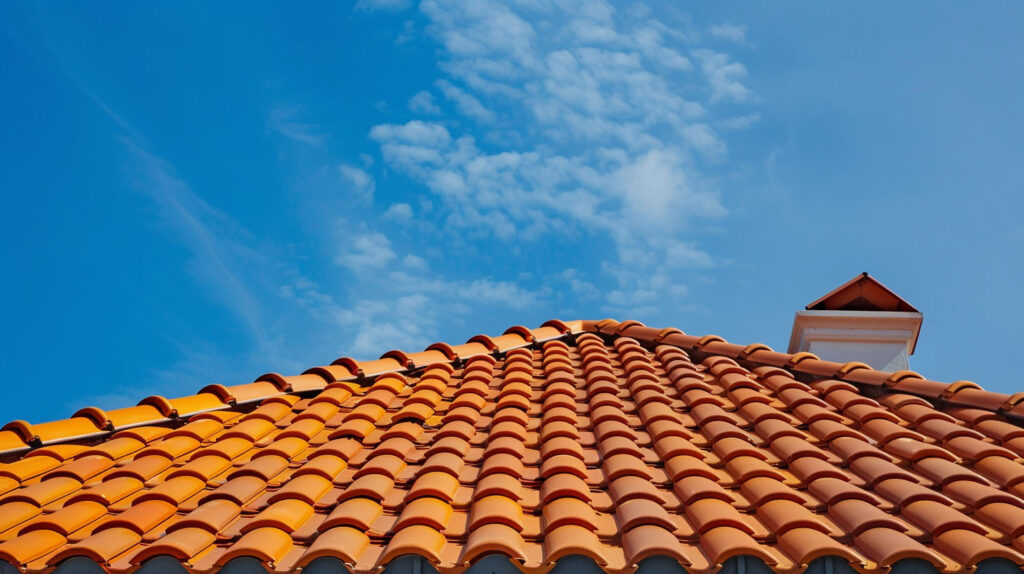
Final Quality Check and Walkthrough
A final quality check is very important. It helps to make sure the tile roof installation follows all the safety and looks good as well. In this step, the installer should look for any missing shingles or check if there is improper alignment. They also need to see if there is any potential damage. This helps to confirm that the installation process is strong and ready to face the weather. Getting a professional roofing contractor involved means the roof can get a thorough inspection. This also helps to see if the work matches local building codes. Doing this last check gives peace of mind and starts routine roof maintenance, so the tile roof can last a long time.
Warranty Registration and Maintenance Tips
Ensuring your tile roof installation comes with a robust warranty is crucial for long-term peace of mind. Take the time to register your warranty with the manufacturer promptly, as this often safeguards against potential damage and improper installation issues. Regular maintenance is equally vital; establish a routine inspection schedule to check for missing tiles and water runoff concerns. Simple actions, such as cleaning gutters and checking underlayment material, can significantly extend the lifespan of your roofing investment, safeguarding against harsh weather conditions and maximizing energy efficiency.
Call Us 619-350-1086Connecy with Us
Completing a tile roof installation is a big step for your home. This work makes the property stronger and better looking. From the start, you need to pick good materials, set each tile with proper alignment, and make sure everything is waterproof. If you do this, you get better energy efficiency and more weather resistance. Regular maintenance will keep your tile roof in good condition. It helps protect your roofing investment from potential damage. Professional roofing contractors can help you through the whole roofing project. This gives you peace of mind and lets you enjoy your tile roof for many years.
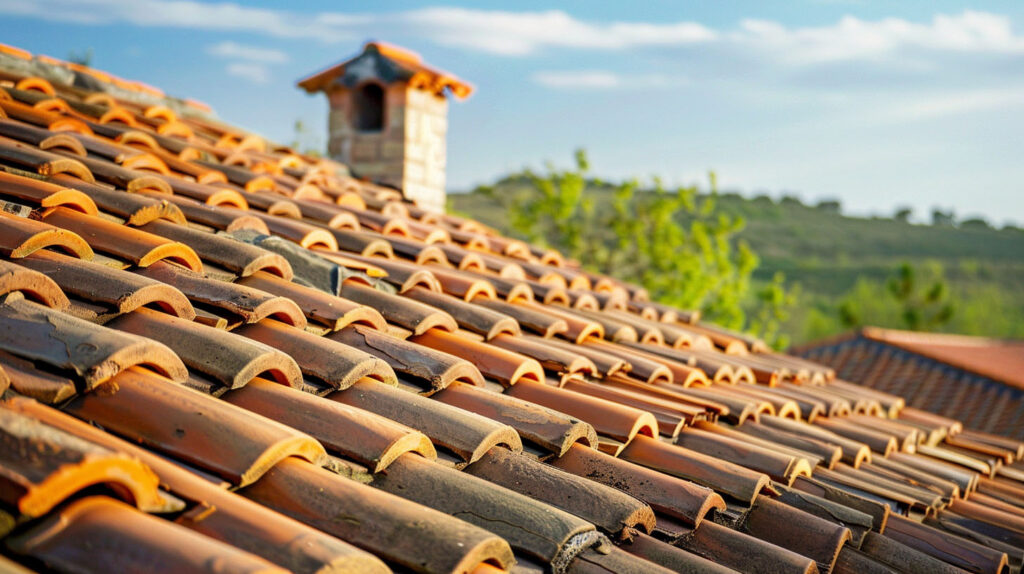
Frequently Asked Questions
How do roofers walk on tile roofs?
Roofers walk on tile roofs by utilizing specific techniques, such as placing their weight on the strong points of the tiles and using proper footwear to prevent damage. They often use boards for stability, distributing weight evenly to avoid cracking or breaking the tiles.
What goes on the roof before tiles?
Before installing tile roofing, a solid underlayment is laid to ensure waterproofing and insulation. Additionally, a system of battens may be installed for proper ventilation and support, creating a stable foundation that protects the roof’s integrity and maximizes the lifespan of the tiles.
Read our blog: The Environmental Benefits of Tile Roofing: A Sustainable Choice for Southern California Homes

